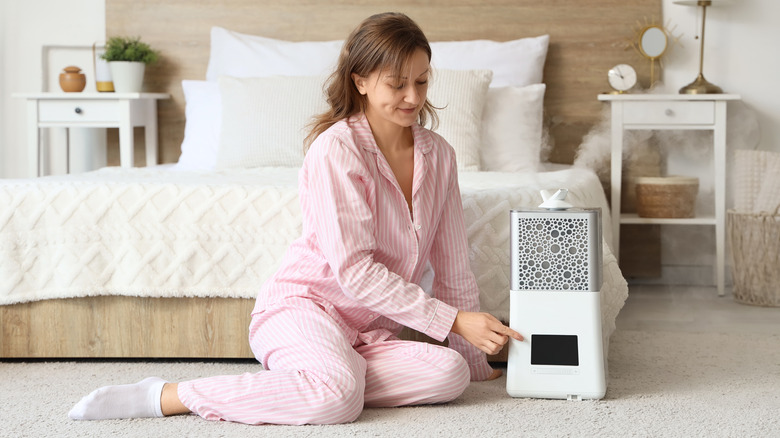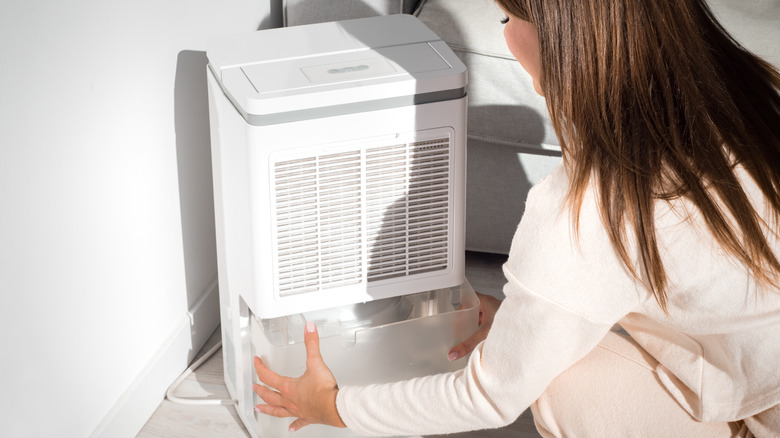
If you reside in a dry climate or utilize central heating in the winter or air conditioning in the summer, it’s likely that the air in your home is quite dry. Humidifiers are devices designed to introduce moisture into your home’s air by dispersing water vapor.
Humidifiers can offer several health benefits. When used correctly, a humidifier is an excellent way to hydrate dry skin, nose, throat, and lips. It can also provide soothing relief when dealing with cold or flu symptoms. Additionally, a humidifier can help reduce asthma and allergy flare-ups. Sleeping with a humidifier can also aid in preventing snoring, as you’re less likely to snore if your airway is moist.
However, if you neglect to clean your humidifier regularly, you might actually worsen your respiratory problems or even fall ill.
A dirty humidifier can make you sick

The U.S. Consumer Product Safety Commission (CPSC) cautions that dirty room humidifiers can pose significant health risks. Bacteria and fungi often grow in the water tanks of portable and console humidifiers, potentially being released into the air as mist. Inhaling this contaminated mist can result in respiratory issues, ranging from mild flu-like symptoms to more severe lung infections. Individuals with allergies or asthma may be particularly vulnerable, as their symptoms can be exacerbated by exposure.
Visible signs of contamination include film, scum, or scale inside the tank or on humidifier parts. These residues can foster the growth of microorganisms. Furthermore, minerals from the water can accumulate in the tank and be released into the air as fine white dust. This dust might contain tiny particles that can reach the lungs, although the specific health effects depend on the type and concentration of minerals in the water.
To mitigate health risks, the CPSC stresses the importance of regular cleaning and maintenance of humidifiers.
How to clean your humidifier

Begin by unplugging the device and disassembling it according to the manufacturer’s instructions. Remove and empty both the water tank and the base, setting aside any detachable parts, including the air filter.
To dissolve any minerals and remove mold and mildew, use white vinegar. Pour undiluted vinegar into the base reservoir and soak the small parts in a separate bowl of vinegar for 30 minutes. Use a soft brush to scrub away any residue before emptying the vinegar. Rinse well. This step is crucial because the next step involves bleach; mixing vinegar and bleach can release dangerous chlorine gas. (Also, never mix bleach with ammonia.)
To disinfect the tank, fill it with fresh water and add one teaspoon of bleach. Let it sit for 30 minutes, then empty it.
Rinse all parts under running water. Refill the tank and base with water, agitate, then empty. Repeat until clean. Allow all parts to air dry completely or use a microfiber cloth to dry them.
Maintaining the filter is also crucial. Depending on the indoor environment — such as exposure to smoke, dust, or pet dander — filters should be cleaned or replaced every one to three months. Always follow the manufacturer’s guidance and avoid wringing out the filter, as it can cause damage. Regular cleaning ensures your humidifier operates efficiently and safely.

